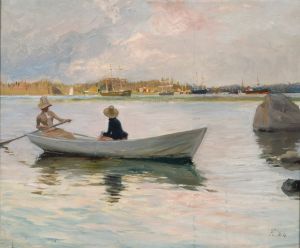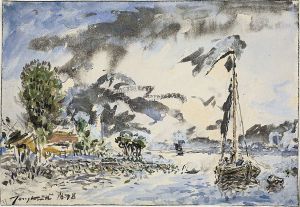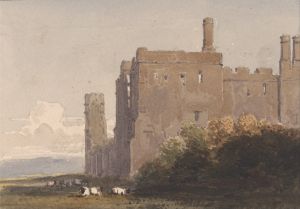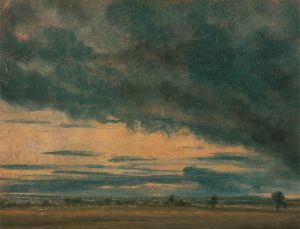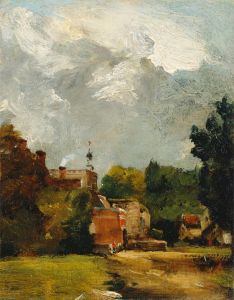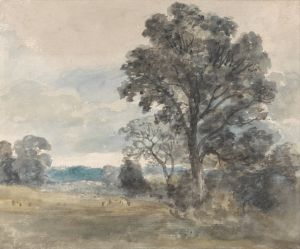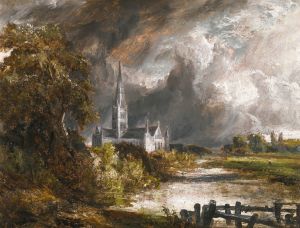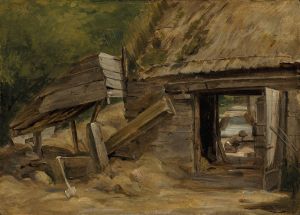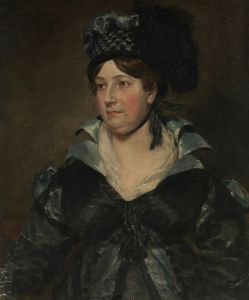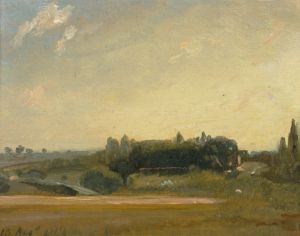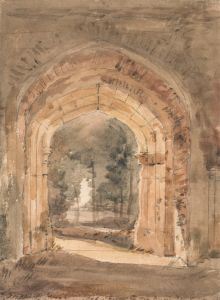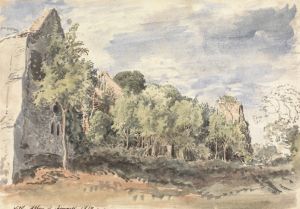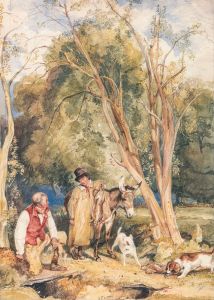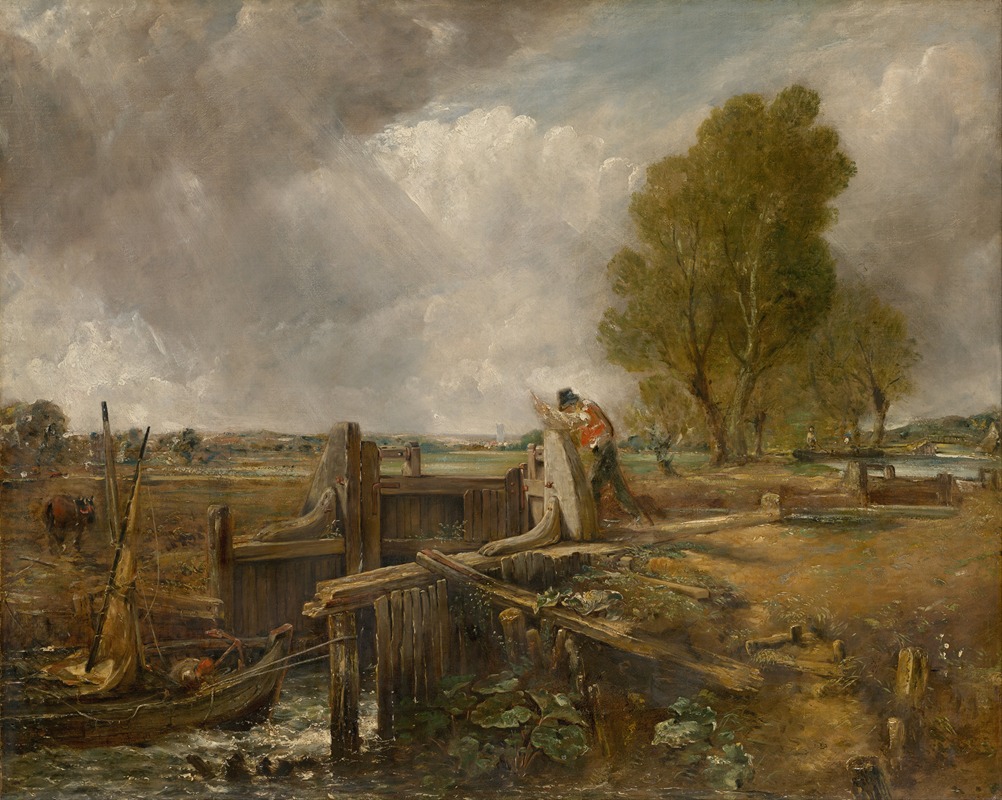
Study of A boat passing a lock
A hand-painted replica of John Constable’s masterpiece Study of A boat passing a lock, meticulously crafted by professional artists to capture the true essence of the original. Each piece is created with museum-quality canvas and rare mineral pigments, carefully painted by experienced artists with delicate brushstrokes and rich, layered colors to perfectly recreate the texture of the original artwork. Unlike machine-printed reproductions, this hand-painted version brings the painting to life, infused with the artist’s emotions and skill in every stroke. Whether for personal collection or home decoration, it instantly elevates the artistic atmosphere of any space.
John Constable's Study of a Boat Passing a Lock is a preparatory oil sketch created by the renowned English Romantic painter John Constable (1776–1837). This work is associated with Constable's lifelong fascination with the English countryside, particularly the landscapes of his native Suffolk and the River Stour, which frequently served as the subject of his paintings. The sketch is believed to have been part of the artist's process in developing his larger, finished works, as Constable often created studies to experiment with composition, light, and atmosphere.
The painting depicts a scene of a boat navigating through a lock, a common feature of the rural waterways in England during the early 19th century. Constable's attention to detail and his ability to capture the interplay of water, sky, and vegetation are evident in this study. The work reflects his dedication to portraying the natural world with authenticity and emotional resonance, a hallmark of his artistic style.
Constable's studies, including this one, were not merely technical exercises but also expressions of his deep connection to the landscapes he painted. His works often conveyed a sense of nostalgia and reverence for the rural life that was rapidly changing during the Industrial Revolution. The lock and boat in this study may symbolize the interaction between human activity and the natural environment, a recurring theme in Constable's oeuvre.
As a preparatory sketch, Study of a Boat Passing a Lock likely informed one of Constable's larger, more polished compositions, though specific details about its relationship to other works are not definitively documented. The loose, dynamic brushstrokes and the focus on capturing the transient effects of light and weather are characteristic of Constable's sketches, which were often painted en plein air (outdoors) to achieve immediacy and vibrancy.
The exact date of the sketch is not firmly established, but it is consistent with Constable's active period in the early 19th century. The painting is now part of a collection, though its current location and ownership are not specified in available records.
Constable's studies, including this one, have been celebrated for their innovative approach to landscape painting, influencing subsequent generations of artists, particularly the French Impressionists. His ability to combine technical skill with emotional depth has secured his place as one of the most important landscape painters in Western art history.





